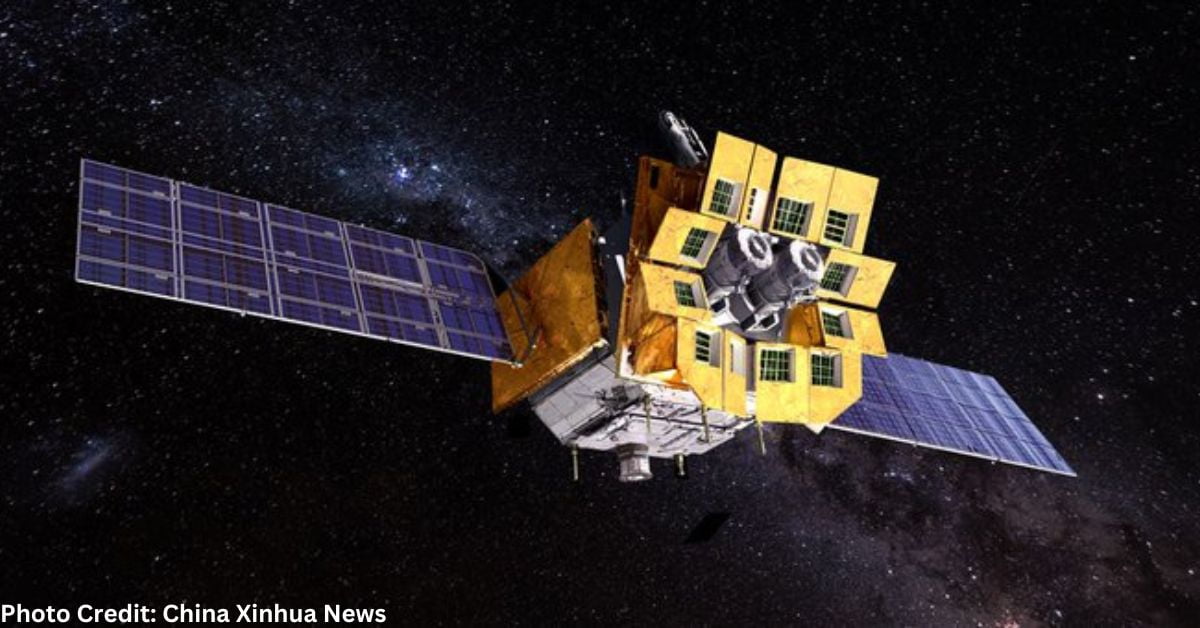China is set to revise space disquisition with the launch of its groundbreaking lobster eye telescope, the Einstein Probe, in January 2024. This composition delves into the significance of this innovative technology and its implicit to unravel the mystifications of the macrocosm. also, we will explore other slice- edge space exploration systems commanded by China.
The Lobster Eye Telescope- Einstein Probe
China’s advertisement of the activation of the Einstein Probe marks a vital moment in space disquisition. Unlike conventional telescopes, the Einstein Probe is a binocular telescope, suggesting lobster eyes, designed to descryX-rays in external space. This section discusses how this unique instrument is poised to enhance our understanding of gravitational swells, one of the abecedarian forces shaping the macrocosm.
Einstein Probe’s Advanced Technologies
A collaboration between the Chinese Academy of lores( CAS), the European Space Agency( ESA), and the Max Planck Institute for Extraterrestrial Physics( MPE) has redounded in the creation of the Einstein Probe. This section highlights the coming- generation instruments, the Wide- fieldX-ray Telescope( WXT) and Follow- upX-ray Telescope( FXT), and their part in observing large areas of the sky. Special emphasis is placed on the Micro Pore Optics technology enabling the inquiry to capture 3,600 square degrees in a single shot.
Also Read: Stories
Multi-Wavelength compliances and Collaboration
Explore how the Einstein Probe’s capability to warn other telescopes operating in colorful wavelengths, similar as radio swells and gamma shafts, facilitates comprehensivemulti-wavelength studies of elysian marvels. Collaboration with ESA and the significance of the lobster eye telescope in decoding cosmic objects emittingX-rays are detailed.
China’s Ambitious Space Telescope- Xuntian
China’s space trials extend beyond the Einstein Probe. In 2024, the Red Dragon will launch the Chinese Space Station Telescope( CSST), also known as” Xuntian.” This section delves into the ambitious pretensions of Xuntian, including its charge to surpass NASA’s Hubble Space Telescope and make improvements in dark matter, dark energy, cosmology, and galactic studies.
Xuntian’s Technological Superiority
Explore the technological prowess of Xuntian, a machine- sized installation set toco-orbit China’s Tiangong Space Station. The composition highlights the capabilities of its2.5 billion pixel camera, furnishing high- description panoramic views with a field of view 300 times wider than the Hubble Space Telescope.
Expert perceptivity and Anticipated.
Discoveries Gain perceptivity from experts like Lin Xiqiang and Li Ran on Xuntian’s capabilities, as well as its significance in the Chinese space program. Understand how the telescope’s temporary docking with the space station for hands- on conservation adds a new dimension to space disquisition.
Conclusion epitomize the composition by emphasizing China’s trailblazing sweats in space disquisition, with the launch of the world’s first lobster eye telescope and the ambitious Chinese Space Station Telescope. These advancements emphasize China’s commitment to pushing the boundaries of scientific discovery on a global scale.
